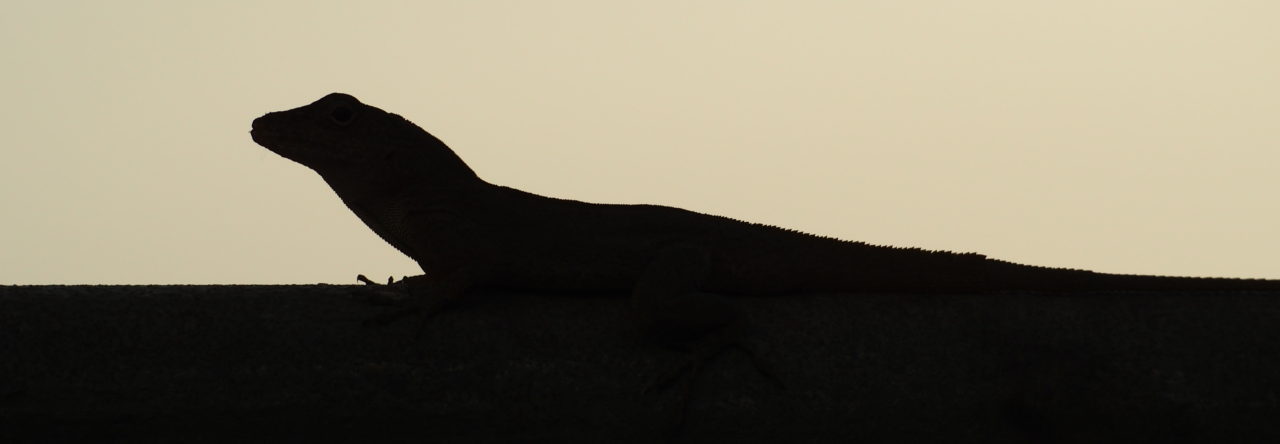One of our favorite topics here at Anole Annals is adaptive radiation. Don’t believe me? Just type adaptive radiation into the search bar on the right and see all the interesting posts that come up. And why shouldn’t we be interested in AR? After all, anoles are one the great examples of the phenomenon.
So, it seems relevant to notice that two new review papers just appeared on the topic, both of which mention anoles at least in passing. Tom Givnish, in a paper in New Phytologist stemming from a conference on plant radiations last year, provides the most convincing analysis to date about why the term “adaptive radiation” should be reserved for clades that have diversified to occupy a wide range of ecological niches, regardless of how fast they have done so and how many species the clade contains (title of paper: Adaptive radiation versus ‘radiation’ and ‘explosive diversification’: why conceptual distinctions are fundamental to understanding evolution).
Some pithy quotes encapsulate his points:
“Of the early writers on adaptive radiation (Osborn, 1902; Huxley, 1942; Lack, 1947; Simpson, 1953; Carlquist, 1965; Mayr, 1970; Stebbins, 1974), only Simpson included what we might term explosive speciation in his concept of the process.”
“Definitions of adaptive radiation that require accelerations of species diversification relative to sister groups will thus fail to identify Darwin’s finches and Brocchinia as adaptive radiations; excluding such iconic examples of adaptive radiation makes such diversification-based definitions untenable.”
“Why should we care about this distinction? Nothing could be more pointless than a pedantic debate about definitions that goes nowhere. I would argue, however, that making a distinction between adaptive radiation and explosive diversification is fundamental to understanding evolution, and that failure to make such distinctions can blur such understanding and hinder progress.”
Givnish goes on to suggest that “we might consider re-defining adaptive radiation as ‘the rise of a diversity of ecological roles and associated adaptations within a lineage, accompanied by an unusually high level or rate of accumulation of morphological/physiological/behavioral disparity and ecological divergence compared with sister taxa or groups with similar body plans and life histories.’ Such a definition would retain traditional components of adaptive radiation, while suggesting a way forward that includes tempo, not in species diversification, but in the rate of accumulation of disparity.”
Meanwhile, Soulebeau et al., in a new “Forum Paper” in Organisms Diversity & Evolution, conduct a review of the use of the term “adaptive radiation” in the period of 2003-2012 (title: The hypothesis of adaptive radiation in evolutionary biology: hard facts about a hazy concept). Givnish would say that it is hard to draw conclusions from a meta-analysis that lumps different concepts all under one name, but the review does show some patterns in how research is trending. If nothing else, the number of papers purporting to study adaptive radiation doubled over the time period. Moreover, the paper makes an important point that the number of studies that investigate whether adaptive evolution has occurred in a putative adaptive radiation is very low.
- Evolution in Real Time on Lizard Island - March 23, 2025
- Spider Snags Adult Anolis osa - March 22, 2025
- An Homage to the Green Anoles of New Orleans - March 21, 2025


Leave a Reply